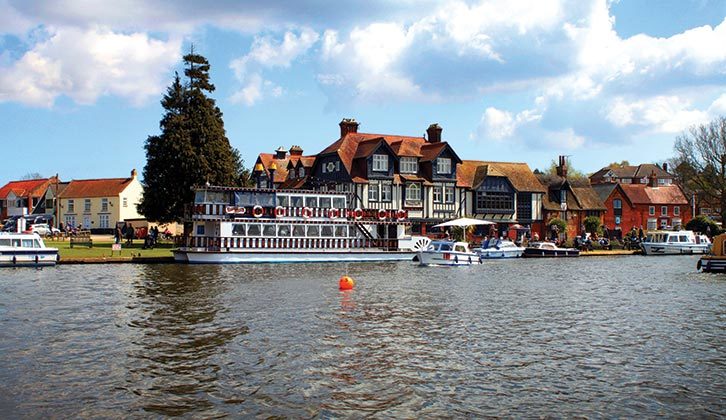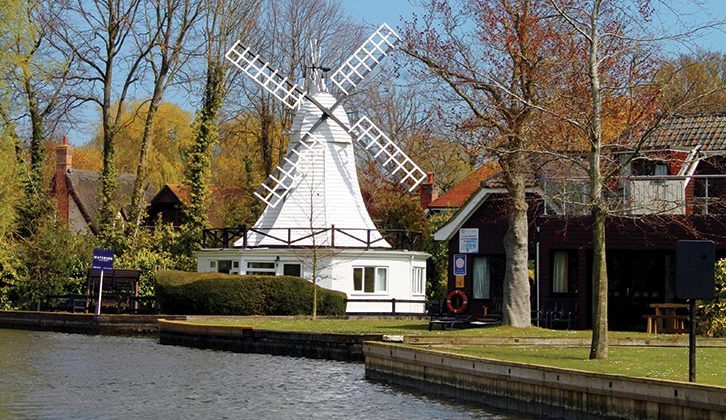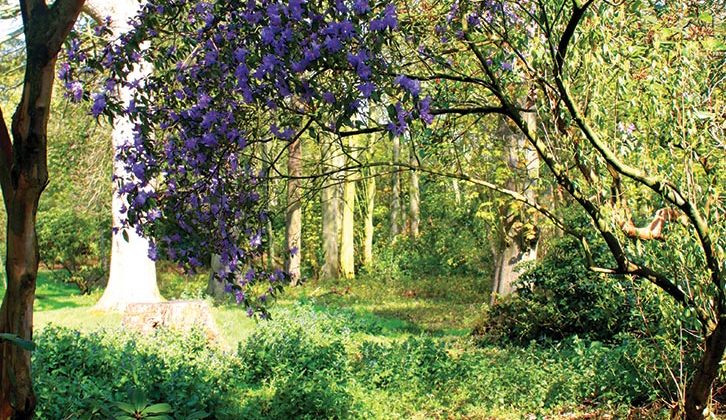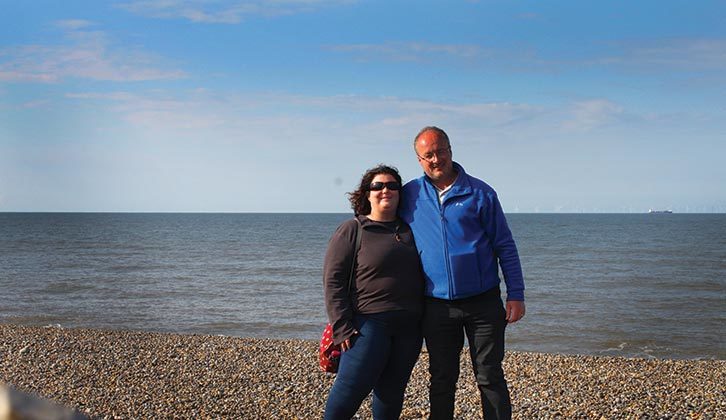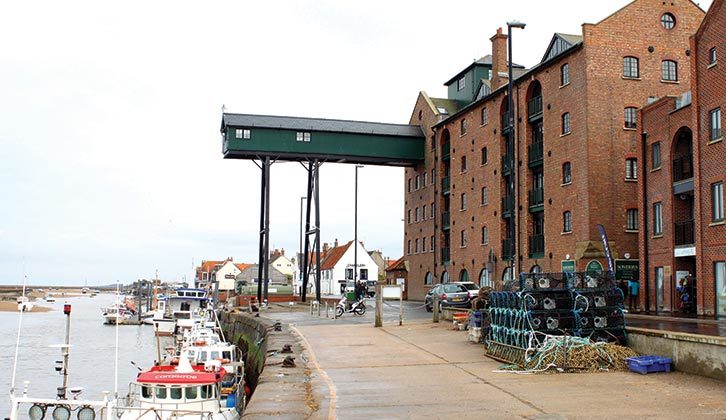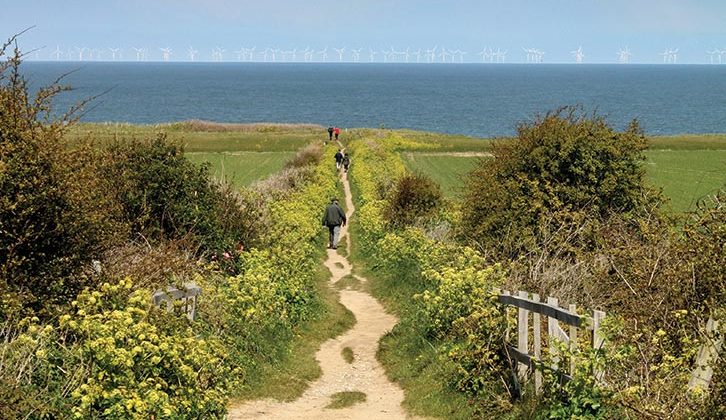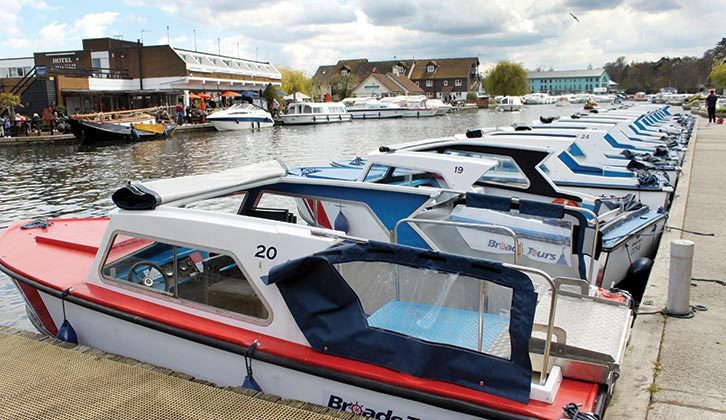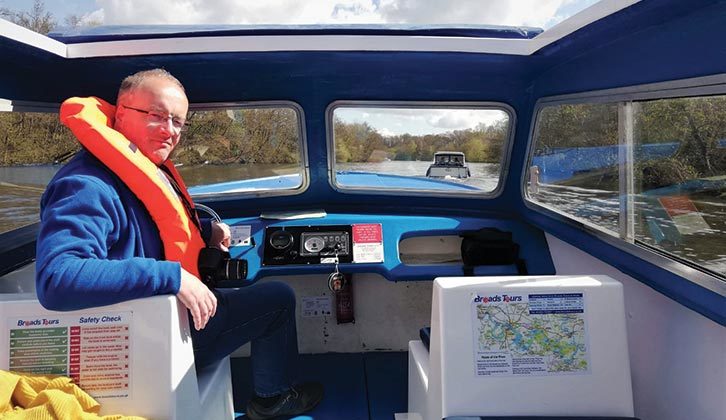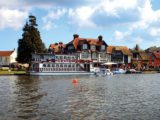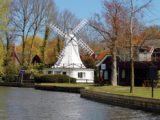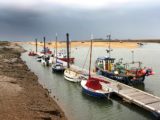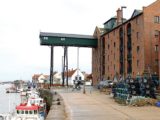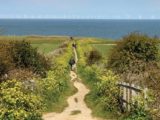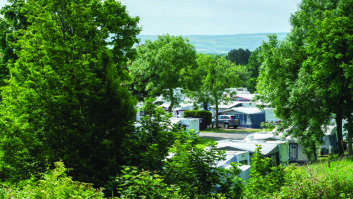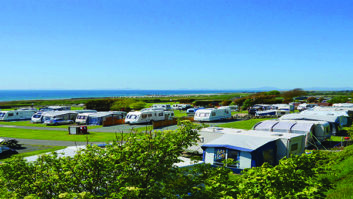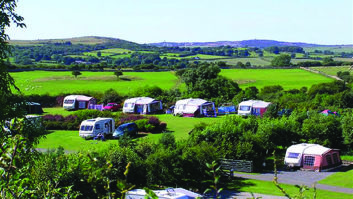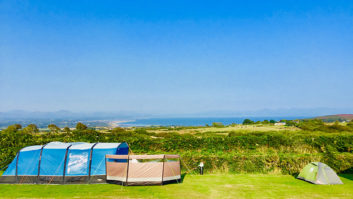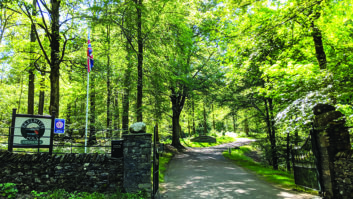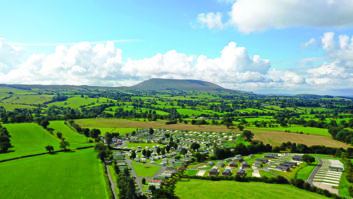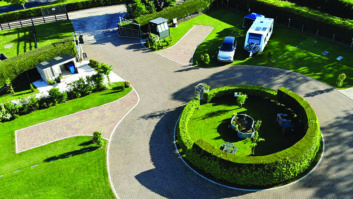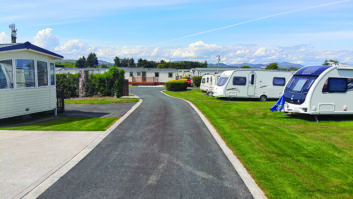In July 2020, we felt incredibly lucky to have been able to enjoy a planned summer holiday in Cornwall, during which we met up with some relatives and were blessed with mostly glorious weather. Unfortunately, our luck didn’t last. A four-week lockdown in November scuppered our plans for a final short break before the winter.
By late February, even we – as healthy 40-somethings – had received our first doses of the vaccine and reasoned that enough people would have been vaccinated by Easter to allow at least some reopening of the hospitality industry.
We took a chance and provisionally booked a week’s stay at Kelling Heath Holiday Park, on the North Norfolk coast, immediately after Easter, a site that made it onto our best caravan park in Norfolk guide.
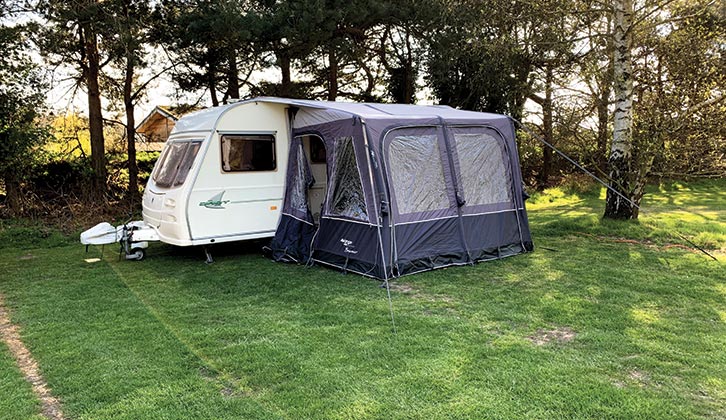
We had never been to this area before, but loved the look of it. Then, barely a week later, came the official announcement that caravan sites and other self-catering holiday accommodation would at last be allowed to reopen… from 12 April. Precisely one week later than we had been hoping for.
So we set about looking for alternative dates, and finally settled on a four-night break starting on 29 April – Rose’s birthday – and finishing on the May bank holiday.
A rather cool stay in North Norfolk
The photographs here suggest that we arrived at the site, were shown to our pitch and set up the awning in bright sunshine. And yes, there did indeed appear to be something
in the sky that generated light.
Heat, though? Not a bit of it. The chilly northerly wind was what my Grandad used to call a “lazy wind”: one that couldn’t be bothered to blow around you, but instead simply cut right through.
This was a bit of a problem for pubs and restaurants, which were still only allowed to serve food and drink outdoors. The staff at Kelling Heath – bless them – were doing their best. But they could do nothing to prevent hot food and drink from becoming cold almost before it was set down on the table. And you couldn’t really enjoy a cold beer, either, because that seemed to have the effect of lowering your body temperature even further. After managing one drink each, we almost ran back to the caravan, turned up the heating and consumed our own food and drink from the supplies that we had (very wisely) brought with us.
Sheringham Park
We had – for once – planned ahead for the following day, and pre-booked admission to the nearby National Trust estate at Sheringham Park. This comprises some 1000 acres of mixed woods and parkland, designed by Humphry Repton in 1912.
The park is famed for its collections of rhododendrons and azaleas, and the story goes that the previous landowner, Tom Upcher, would host rhododendron parties for the sole purpose of showing them off. Guests would arrive wearing their finest, to stroll on the main carriageway, sipping champagne as they admired the display.
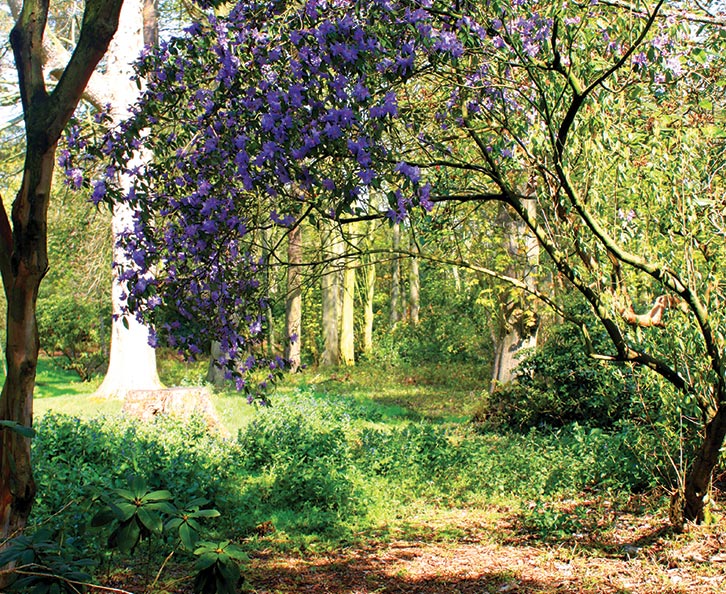
Our own walk was undertaken just as the rhododendrons were starting to flower, and a few weeks too early to admire them in all of their spectacular glory. The upside to this, though, was that we were also able to admire the last of the year’s beautiful bluebells.
After stumbling across an old tree almost hollow enough for Rose to fit inside, we marvelled at the gorgeous view of the coast offered from the edge of the wood.
Even the wind had dropped, leaving the sun feeling warm enough to tempt us to continue walking along a path that looked as though it led to a beach. Actually, it led to the top of a cliff, from which the beach is perfectly accessible – if you happen to be skilled in rock-climbing.
We had to admit defeat and retrace our steps, but were rewarded by a sighting of a fine old steam train as it made its way along the Sheringham-Holt heritage line.
Even more spectacular sights are available from several viewing towers. However, signs warned that these were currently closed because of social distancing rules. Despite there being not another soul in sight, I was not about to flout these rules and climb one of the towers to get a better photograph – that would have to wait for another occasion.
A coastal drive
Our walk completed, we drove the short distance to Sheringham for a bit more exploration and a spot of lunch.
Our first port of call was to the heritage railway station, to enquire about steam train trips. Sadly, those social distancing constraints meant that the only way to travel was to book an entire compartment (capable of accommodating up to six) at a cost of £40 – an amount that even I had to admit was hard to justify for only two of us to make a round trip of eight miles.
We opted instead for a drive along the coast, stopping at beautiful Weybourne beach (where we were finally able to get a photo of ourselves by the sea) and the delightful harbour at Blakeney Quay, before arriving at the charming little coastal resort of Wells-next-the-Sea.
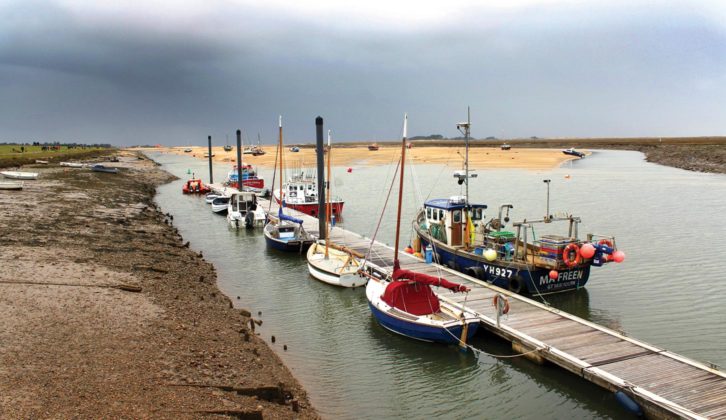
Its unique location, sheltered from the open sea by salt marshes, helped the town become one of the largest ports in England during Tudor times.
Today, the harbour serves local crabbing vessels and pleasure boats, and the marshes form part of one of the largest National Nature Reserves in England.
The town is perhaps best known for its iconic collection of brightly coloured beach huts, built on stilts to protect against the high spring and autumn tides.
Unfortunately, we discovered that early evening is not the best time to appreciate these very photogenic edifices, because their north-east facing position means that at this time of day, they are wholly in the shadow of the cliff that looms behind them.
However, something about them must still have inspired Rose, because she decided that she wanted to go back and explore the town further during the day.
Rain, rain, go away
The next day started well. I managed a run along some of the many footpaths in and near the holiday park, during which I was thrilled to spot a small group of muntjac deer crossing my path.
After this, we had a breakfast of bacon served in a pretzel roll, which Rose said was the best she had ever tasted, and during our return journey towards Wells-next-the-Sea, we stumbled across an old school building that had been converted into a secondhand bookshop; my favourite kind of place.
The first few minutes after our arrival in Wells-next-the-Sea felt strangely surreal. To this day, I have no idea why Rose wanted to look inside a large antique shop, and even less clue why some children appeared to be taking several well-mannered llamas for a walk along the pavement outside it!
By the time we had finished our shopping, the rain had firmly set in, which meant that a planned visit to the beach – even with the option of a land train to spare us the walk from town – had very much lost its appeal. Our exploration was largely limited to a visit to a local bakery for lunch, and a brief pause to admire the imposing granary, overlooking the harbour and dating from 1904.
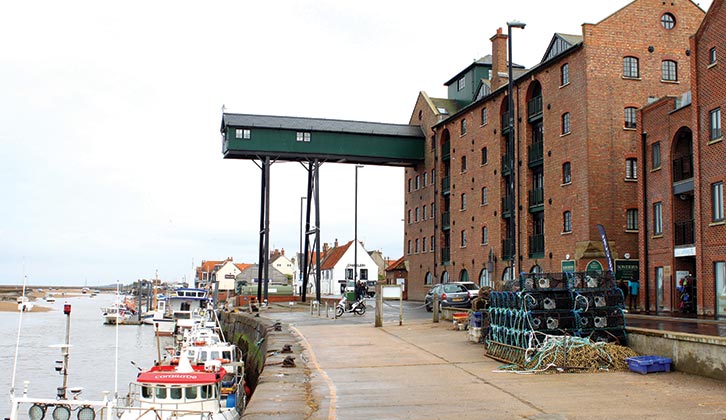
We returned to the caravan by a different route and were surprised to stumble across a large dome, next to which was a Spitfire mounted on a plinth.
It turned out that this is the site of the former RAF Langham Airfield, and that the dome was built in 1942 as a training facility for anti-aircraft gunners. Forty such facilities were built across the UK during World War II, but today only six remain.
We finished the day with a quick visit to the pretty village of Holt, where our purchases included something for dinner that evening and the obligatory bottle of wine. After this, we took advantage of a respite in the rain to enjoy an evening walk around one of the campsite’s many trails, which offer beautiful views of the north Norfolk coastline, before stopping to admire the red squirrels in the campsite’s very own breeding enclosure.
Relaxation and optimism
The next morning meant an early start and a 45-minute drive to Wroxham, for a half-day cruise along the Norfolk Broads on a small self-drive motorboat.
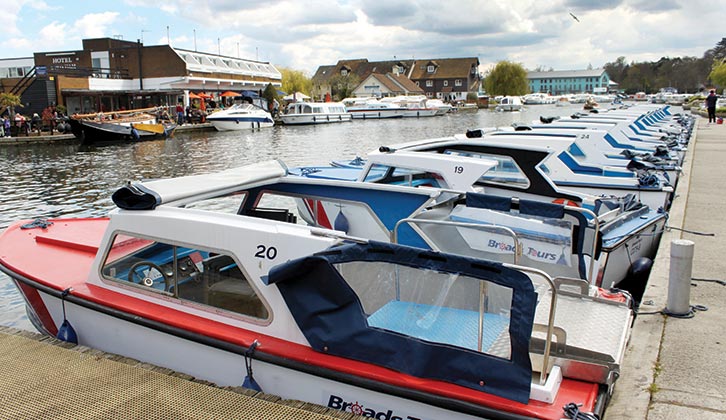
The sun had come out, to the point where it even began to feel slightly warm, and the 5mph speed limit – rigorously enforced to protect the wildlife on the banks from wash caused by passing boats – gave us the ideal opportunity to enjoy every bit of the scenery along the beautiful River Bure.
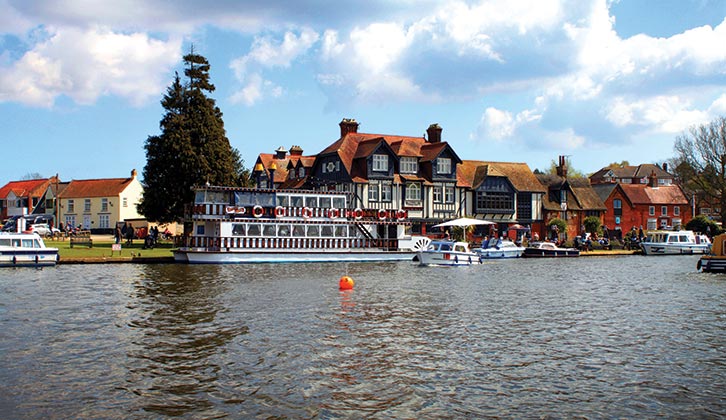
I couldn’t remember the last time I felt so happy and relaxed. It was perhaps inevitable that the afternoon couldn’t quite equal the morning. Horsey Windmill proved to be so popular with visitors, we couldn’t even park close by, and the wind chill stopped us from appreciating the otherwise lovely beach at Happisburgh as well as we might have done. A shop sign announcing ‘Rosie’s Books’ turned out to signify a place that sold bric-a-brac, not books.
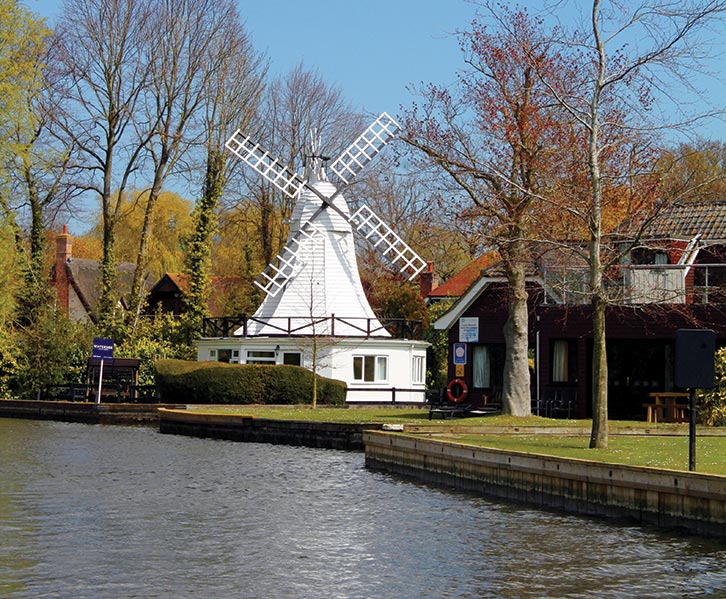
By the time we reached busy Cromer, the rain had set in again and next day’s forecast indicated that the wind was likely to reach gale force by the afternoon. We only had time for one more bacon roll breakfast and a quick photo of the steam train as it made its way from Sheringham to Holt, before leaving early enough to make it home while the weather was still suitable for towing.
But we finished our holiday feeling very optimistic. Yes, the weather could have been kinder and some of the Covid-19 restrictions felt a bit, well, restrictive. But remember the same time last year, when the country was still in lockdown, and there could be no comparison. We had a peaceful, relaxing holiday and would love to return to Norfolk for a longer summertime break.
If you’re thinking of planning your next tour, be sure to take a look at our best caravan park guide, where we round-up the top campsites to stay at around the UK.
Planning a trip to North Norfolk
When to go to North Norfolk
North Norfolk can be enjoyed at any time of year, although it’s more pleasant without a cold north wind blowing!
Way to go
We followed the A47 from Peterborough to King’s Lynn, and continued on the A148, which passes close to the campsite entrance.
Food and drink
We mostly ate at the site, which has a bar, restaurant and take-away pizzeria. There’s also a well-stocked shop if you prefer to do your own cooking. We enjoyed a drink and a snack at the Ferry Inn in Horning.
Our outfit
Our 2019 VW Arteon 2.0 TDI towed our 2002 Avondale Dart 515-4.
Where we stayed
Kelling Heath Holiday Park
This is a beautifully well-kept site that also offers miles of walking/running and cycling trails across the surrounding heathland, which the owners are making every effort to conserve. Yes, it’s relatively pricey and some of the facilities, which include an indoor pool and a gym, are even costlier, but this is a site where the whole family could stay for a week and have no reason to leave. Although it would be a pity if they did that, because they would be missing out on everything this lovely area has to offer!
Weybourne Road, Holt, Norfolk NR25 7HW, 01263 588 181, www.kellingheath.co.uk
- Open: 10 February to 10 December 2022
- Charges (pitch+2+hook-up): From £33.25
If you enjoyed reading about Sam’s trip to North Norfolk, why not take a look at these:
- We share our pick of the best family caravan parks in the UK
- We round-up eight of the best caravan sites with fishing
If you’ve enjoyed reading this article, why not get the latest news, reviews and features delivered direct to your door or inbox every month. Take advantage of our brilliant Practical Caravan magazine SUBSCRIBERS’ OFFER and SIGN UP TO OUR NEWSLETTER for regular weekly updates on all things caravan related.
